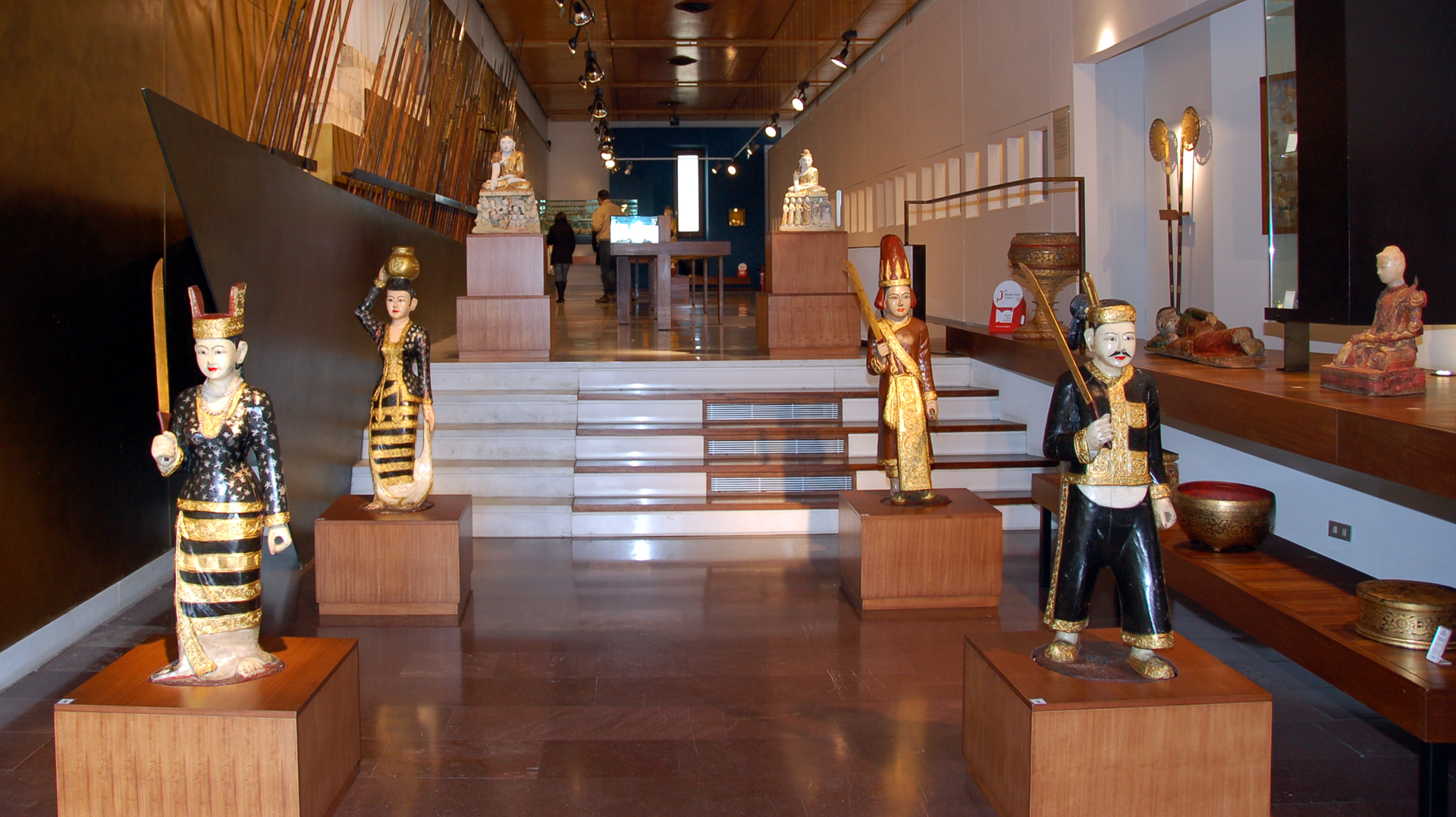The Siamese Art Museum presents a wide variety of artistic pieces from different Asian cultures. However, it isn't identified as a " Museum of Oriental Art, " but as " Siamese Art Museum " to highlight that mainly it houses objects from Siam, and it is exactly this feature that makes the collection so unique and peculiar.
The history of the museum begins in July 1914 , when the collector Stefano Cardu, who lived for a long time in Siam, sent a letter to the Mayor Ottone Baccaredda, in which he offered part of his collection, as a gift to Cagliari.
Next to art pieces of religious subject, the museum exhibits also objects of domestic use, worked in a precious way, which represent an interesting overview about the level of handscraft production in those places. Statuettes and other ivory objects, mainly date back to the 17th century , worked with an amazing skill are produced in Japan, as well as the "tsuba" (iron washers that were used to protect the hand wielding the sword), artifacts that reveal a rare art ability. Among the most notable porcerlaines, we find the Chinese one of the Ming period and the early Quing emperors (from 14th to the 17th century).
A very rare part of the collection consists of the numismatic coins from the 11th to the last century.
A museum's section is also dedicated to arms: a collection of great interest especially for the presence of Siamese weapons, yet little known, which constitute the biggest and significant group.
Museo d'Arte Siamese "Stefano Cardu"
Museo d'Arte Siamese "Stefano Cardu"
Piazza Arsenale c/o Cittadella dei Musei
City
CagliariEntrance fee
€ 3.00
€ 1.50
€ 2.00
Add new review
Your review will be visible after approval by the editors
To post a review you must be an authenticated user.
Log in with Social Login
